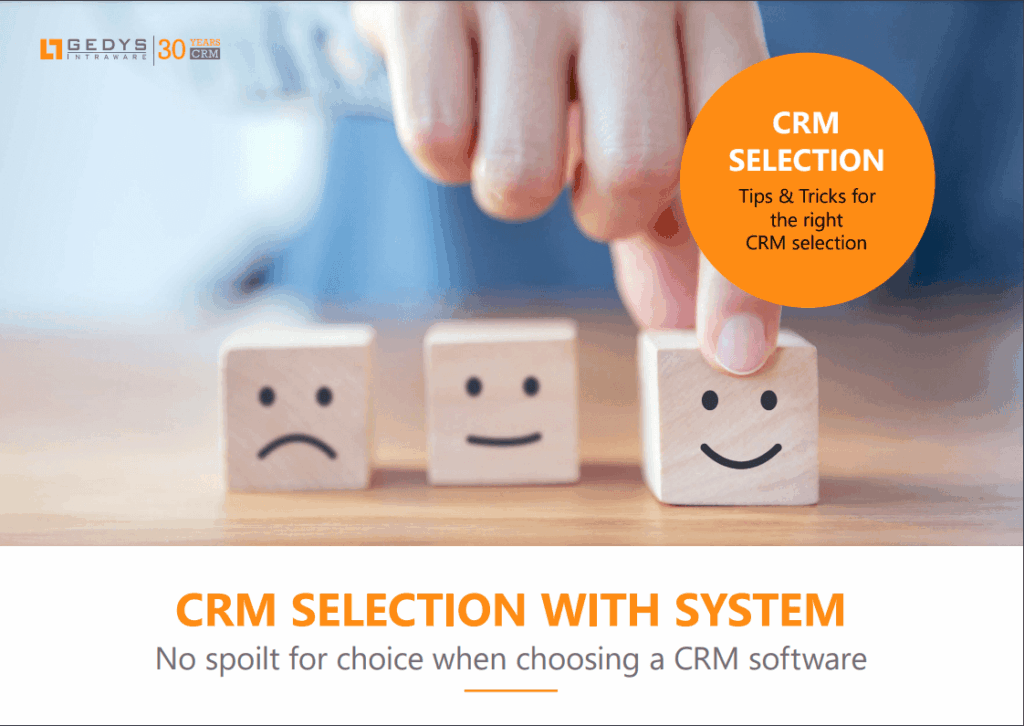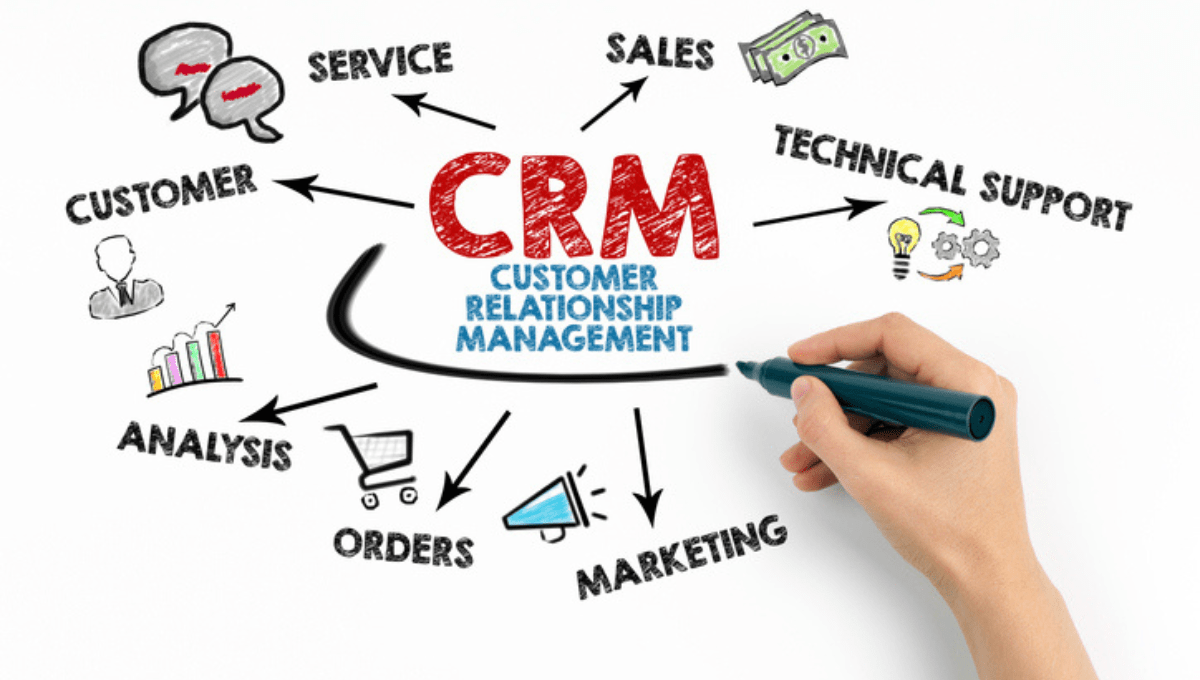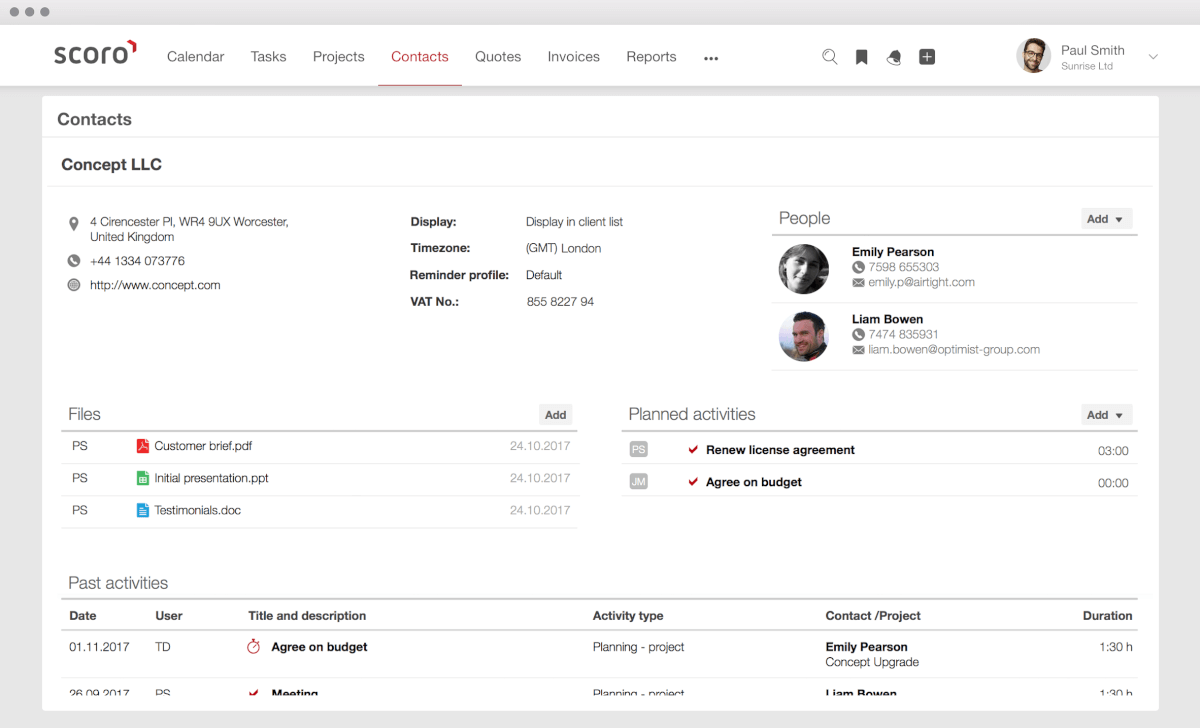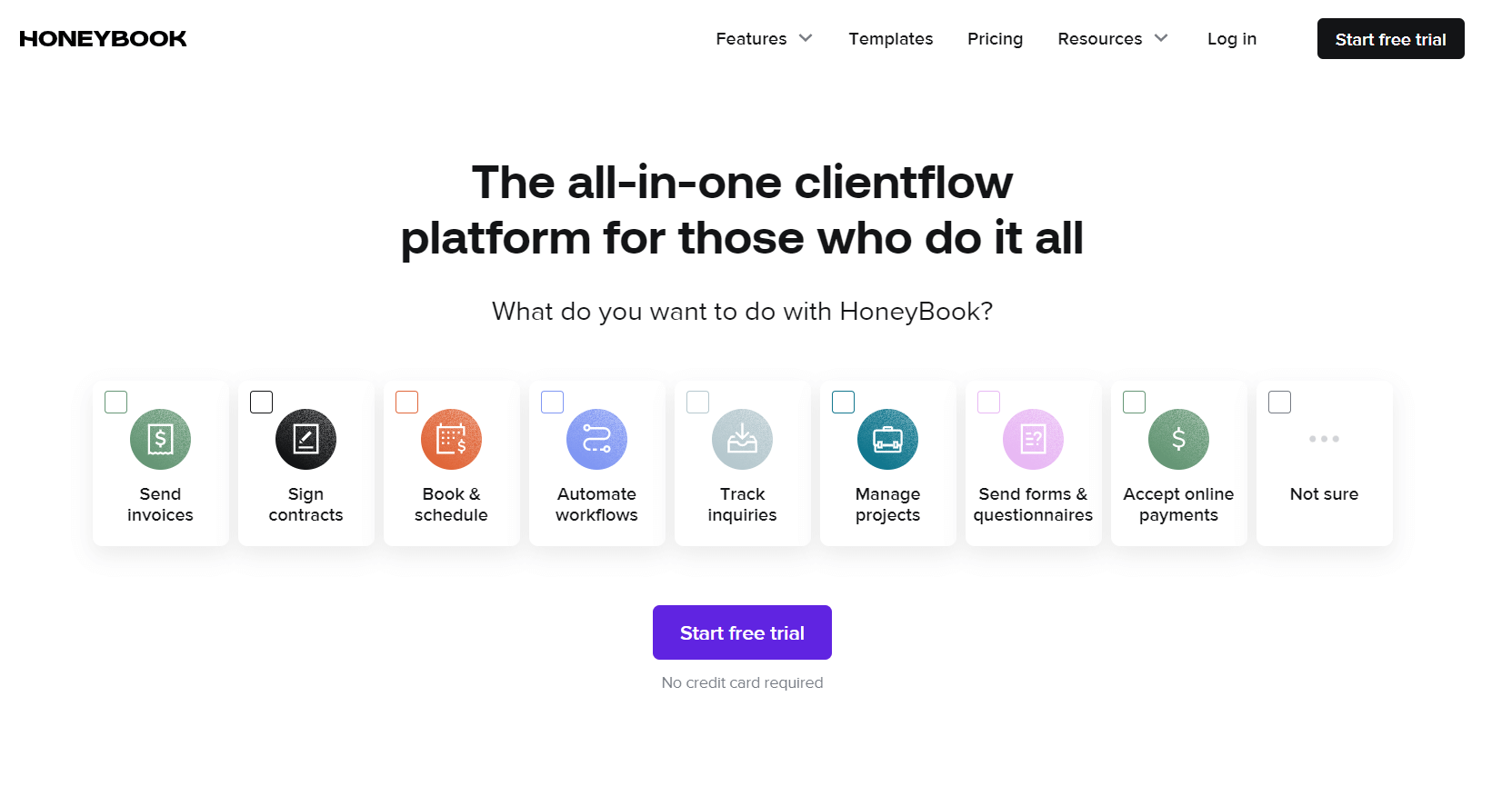
Small Business CRM Selection: Your Ultimate Guide to Choosing the Perfect Fit
Running a small business is a whirlwind. You’re juggling a million things at once – product development, marketing, sales, customer service, and the list goes on. In the midst of all this chaos, it’s easy for customer relationships to fall through the cracks. That’s where a Customer Relationship Management (CRM) system comes in. Think of it as your central nervous system, keeping all your customer interactions, data, and history organized and accessible.
Choosing the right CRM for your small business can feel overwhelming. The market is saturated with options, each boasting a plethora of features. This comprehensive guide will break down the CRM selection process, offering actionable tips to help you find the perfect fit for your unique needs and budget. We’ll cover everything from understanding your requirements to evaluating different CRM systems and implementing your chosen solution.
Why Your Small Business Needs a CRM
Before diving into the selection process, let’s explore why a CRM is essential for small business success:
- Improved Customer Relationships: A CRM helps you understand your customers better. It provides a 360-degree view of each customer, including their purchase history, communication logs, and preferences. This allows you to personalize your interactions, anticipate their needs, and provide exceptional customer service.
- Increased Sales: CRM systems streamline the sales process. They automate lead management, track sales opportunities, and provide sales teams with the information they need to close deals faster. This leads to higher sales conversion rates and revenue growth.
- Enhanced Efficiency: A CRM automates repetitive tasks, such as data entry, email marketing, and appointment scheduling. This frees up your team to focus on more strategic activities, such as building relationships and closing deals.
- Better Data Management: A CRM centralizes all your customer data in one place. This eliminates data silos, improves data accuracy, and makes it easier to generate reports and gain insights into your business performance.
- Improved Collaboration: CRM systems facilitate collaboration between different departments, such as sales, marketing, and customer service. This ensures that everyone has access to the same information and can work together more effectively to achieve common goals.
Step 1: Define Your Needs and Goals
Before you even start looking at CRM systems, you need to understand your business needs and goals. This involves a thorough assessment of your current processes, challenges, and desired outcomes. Ask yourself the following questions:
- What are your key business goals? Are you looking to increase sales, improve customer retention, or streamline your marketing efforts?
- What are your current pain points? What challenges are you facing in managing customer relationships, sales processes, or marketing campaigns?
- What are your essential requirements? What features are absolutely necessary for your business to function effectively? (e.g., contact management, sales automation, email marketing integration)
- Who will be using the CRM? Identify the different user roles and their specific needs. (e.g., sales reps, marketing managers, customer service representatives)
- What is your budget? Determine how much you can realistically spend on a CRM system, including the initial setup costs, ongoing subscription fees, and any additional expenses.
Answering these questions will help you create a clear picture of your CRM requirements. This will serve as your guiding light throughout the selection process, ensuring that you choose a system that aligns with your business objectives.
Create a Detailed Requirements List
Once you’ve identified your general needs, create a detailed list of specific requirements. This list should include both essential features (must-haves) and desired features (nice-to-haves). Consider the following categories:
- Contact Management: Ability to store and manage contact information, including names, addresses, phone numbers, email addresses, and social media profiles.
- Sales Automation: Features that automate sales processes, such as lead scoring, opportunity management, and sales pipeline tracking.
- Marketing Automation: Tools for automating marketing campaigns, such as email marketing, lead nurturing, and social media integration.
- Customer Service: Features for managing customer support requests, such as ticketing systems, live chat, and knowledge bases.
- Reporting and Analytics: Tools for generating reports and tracking key performance indicators (KPIs), such as sales figures, customer satisfaction scores, and marketing campaign performance.
- Integration: Ability to integrate with other business applications, such as email providers, accounting software, and e-commerce platforms.
- Mobile Accessibility: Access to the CRM system from mobile devices, such as smartphones and tablets.
- Customization: Ability to customize the CRM system to meet your specific business needs, such as creating custom fields, workflows, and reports.
- Scalability: The ability of the CRM system to grow with your business as your needs evolve.
- Security: Robust security features to protect your customer data.
Step 2: Research and Evaluate CRM Systems
With your requirements list in hand, it’s time to start researching and evaluating different CRM systems. There are countless options available, so it’s important to narrow down your choices based on your specific needs and budget. Here’s a step-by-step approach:
1. Identify Potential CRM Vendors
Start by researching popular CRM vendors and comparing their offerings. Consider the following sources:
- Online Reviews and Ratings: Websites like G2, Capterra, and TrustRadius provide user reviews and ratings of CRM systems.
- Industry Reports: Research reports from industry analysts, such as Gartner and Forrester, can provide valuable insights into the CRM market.
- Vendor Websites: Visit the websites of potential CRM vendors to learn about their features, pricing, and customer testimonials.
- Peer Recommendations: Talk to other small business owners and ask for their recommendations.
2. Shortlist Potential CRM Systems
Based on your research, create a shortlist of potential CRM systems that seem to meet your needs and budget. Aim for a shortlist of 3-5 options to avoid getting overwhelmed.
3. Evaluate Each CRM System
Thoroughly evaluate each CRM system on your shortlist. Consider the following factors:
- Features: Does the CRM system offer all the features you need? Does it have any features that are unnecessary?
- Ease of Use: Is the CRM system user-friendly and intuitive? Will your team be able to learn and use it quickly?
- Pricing: Does the pricing model fit your budget? Are there any hidden costs?
- Integration: Does the CRM system integrate with your existing business applications?
- Scalability: Can the CRM system grow with your business?
- Customer Support: Does the vendor offer adequate customer support?
- Security: Does the CRM system have robust security features to protect your data?
- Reviews and Testimonials: What do other users say about the CRM system?
- Free Trials and Demos: Take advantage of free trials and demos to test the CRM system before making a decision.
4. Consider Deployment Options
CRM systems are typically offered in two deployment options:
- Cloud-based (SaaS): These systems are hosted on the vendor’s servers and accessed over the internet. They are generally more affordable and easier to implement than on-premise solutions.
- On-premise: These systems are installed on your own servers. They offer more control over your data but require more IT expertise and resources.
For most small businesses, a cloud-based CRM is the best option.
Step 3: Conduct Demos and Trials
Once you’ve narrowed down your choices, the next step is to request demos and free trials from the vendors. This will give you a hands-on experience with the CRM system and allow you to assess its features, usability, and performance.
- Schedule Demos: Schedule demos with each vendor on your shortlist. Make sure to ask the vendor to demonstrate the features that are most important to your business.
- Utilize Free Trials: Take advantage of free trials to test the CRM system in a real-world environment. This will give you a better understanding of how the system works and whether it meets your needs.
- Involve Your Team: Involve your team in the demo and trial process. Ask them for their feedback on the usability, features, and overall experience.
- Test Key Functionality: During the demos and trials, test the key functionality of the CRM system, such as contact management, sales automation, and reporting.
- Ask Questions: Don’t hesitate to ask the vendor questions about the system’s features, pricing, support, and security.
Step 4: Compare and Choose the Right CRM
After conducting demos and trials, it’s time to compare the different CRM systems and choose the one that best meets your needs and budget. Create a comparison chart to evaluate the systems side-by-side. Consider the following factors:
- Features: Does the CRM system offer all the features you need?
- Ease of Use: Is the CRM system user-friendly and intuitive?
- Pricing: Does the pricing model fit your budget?
- Integration: Does the CRM system integrate with your existing business applications?
- Scalability: Can the CRM system grow with your business?
- Customer Support: Does the vendor offer adequate customer support?
- Security: Does the CRM system have robust security features to protect your data?
- User Feedback: What do your team members think of the system?
Once you’ve compared the different CRM systems, choose the one that best aligns with your requirements and budget. Don’t be afraid to negotiate pricing or terms with the vendor.
Step 5: Implementation and Training
Once you’ve chosen a CRM system, the next step is to implement and train your team. This is a critical step that will determine the success of your CRM implementation. Here’s how to approach it:
1. Plan Your Implementation
Develop a detailed implementation plan that outlines the steps involved in setting up the CRM system, migrating your data, and training your team. This plan should include:
- Project Timeline: Set realistic deadlines for each stage of the implementation process.
- Data Migration Plan: Determine how you will migrate your existing data to the new CRM system.
- User Roles and Permissions: Define user roles and permissions to control access to data and features.
- Workflow Setup: Configure workflows to automate key business processes.
- Integration Setup: Integrate the CRM system with your other business applications.
- Testing and Validation: Test the CRM system to ensure that it is working correctly.
2. Data Migration
Data migration is a critical step in the implementation process. You’ll need to migrate your existing customer data, sales data, and other relevant information to the new CRM system. Make sure to clean and organize your data before migrating it. This will ensure that your data is accurate and consistent. Consider the following:
- Data Cleaning: Remove duplicate records, correct errors, and standardize your data.
- Data Mapping: Map your existing data fields to the corresponding fields in the new CRM system.
- Data Import: Import your data into the new CRM system.
- Data Validation: Verify that your data has been imported correctly.
3. Training Your Team
Training your team is essential for ensuring that they can effectively use the CRM system. Provide comprehensive training that covers all the features and functionality of the system. Consider the following:
- Training Materials: Develop training materials, such as user manuals, video tutorials, and cheat sheets.
- Training Sessions: Conduct training sessions for your team, covering all the features and functionality of the CRM system.
- Hands-on Practice: Provide your team with hands-on practice using the CRM system.
- Ongoing Support: Provide ongoing support to your team, such as answering questions and troubleshooting issues.
4. Customize the CRM System
Customize the CRM system to meet your specific business needs. This may involve creating custom fields, workflows, and reports. Customization can help you streamline your business processes and improve efficiency.
5. Test and Refine
Once the CRM system is implemented, test it thoroughly to ensure that it is working correctly. Identify any issues and make necessary adjustments. Continuously refine the CRM system to optimize its performance and meet your evolving business needs.
Step 6: Ongoing Maintenance and Optimization
Implementing a CRM is not a one-time event; it’s an ongoing process. To maximize the value of your CRM, you need to maintain and optimize it regularly. This includes:
- Data Hygiene: Regularly clean and update your data to ensure its accuracy and completeness.
- User Training: Provide ongoing training to your team to ensure they are up-to-date on the latest features and functionality.
- Workflow Optimization: Review and optimize your workflows to improve efficiency and effectiveness.
- Reporting and Analysis: Regularly generate reports and analyze your data to gain insights into your business performance.
- System Updates: Stay up-to-date with the latest system updates and features.
- Review and Adapt: Regularly review your CRM usage and adapt your processes as your business evolves.
Top CRM Systems for Small Businesses (Examples)
While the best CRM depends on your specific needs, here are a few popular options often well-suited for small businesses. Note that this is not an exhaustive list, and the features and pricing can change. Always research thoroughly and check current offerings.
- HubSpot CRM: Known for its free version and ease of use, HubSpot CRM is a popular choice for small businesses. It offers a wide range of features, including contact management, sales automation, and marketing tools. The free version is a great starting point, and paid plans offer more advanced features.
- Zoho CRM: Zoho CRM is a comprehensive CRM system that offers a variety of features at a competitive price. It’s known for its customization options and integrations with other Zoho apps. It’s a good fit for businesses looking for a feature-rich CRM without breaking the bank.
- Pipedrive: Pipedrive is a sales-focused CRM that’s known for its user-friendly interface and visual sales pipeline. It’s a great choice for businesses that want to streamline their sales process and track their sales performance.
- Freshsales: Freshsales (now Freshworks CRM) is a sales CRM that offers a range of features, including lead management, sales automation, and reporting. It’s known for its ease of use and affordable pricing.
- Insightly: Insightly is a CRM that’s designed for small businesses and offers a range of features, including contact management, project management, and sales automation. It’s a good choice for businesses that want a CRM that can also help them manage their projects.
Conclusion: Your CRM Journey Starts Now
Choosing the right CRM is a critical decision for any small business. By following the steps outlined in this guide, you can identify your needs, research and evaluate different CRM systems, and choose the perfect fit for your business. Remember that the right CRM will streamline your operations, improve customer relationships, and drive sales growth. Take the time to plan, research, and implement your CRM system effectively. The effort you invest upfront will pay dividends in the long run, empowering you to build stronger customer relationships and achieve lasting success.
Don’t be afraid to experiment and find what works best for you. The CRM landscape is constantly evolving, so stay informed and adapt your strategy as needed. Embrace the power of a CRM and watch your small business thrive!


